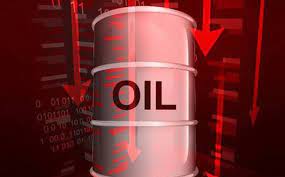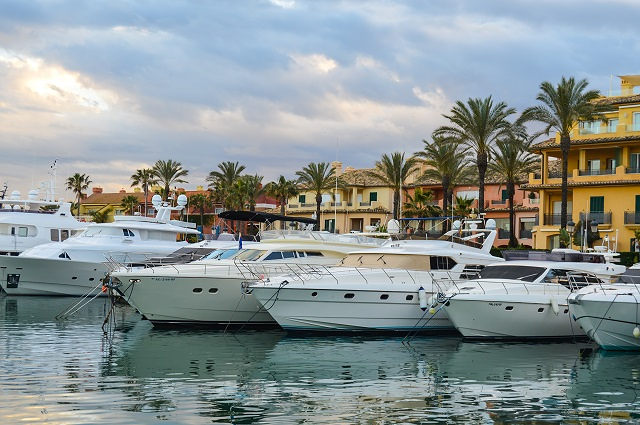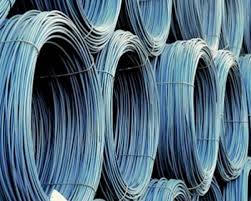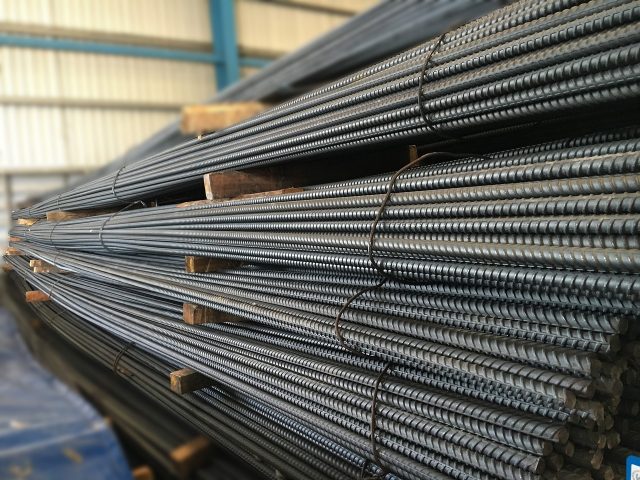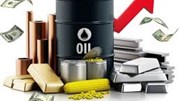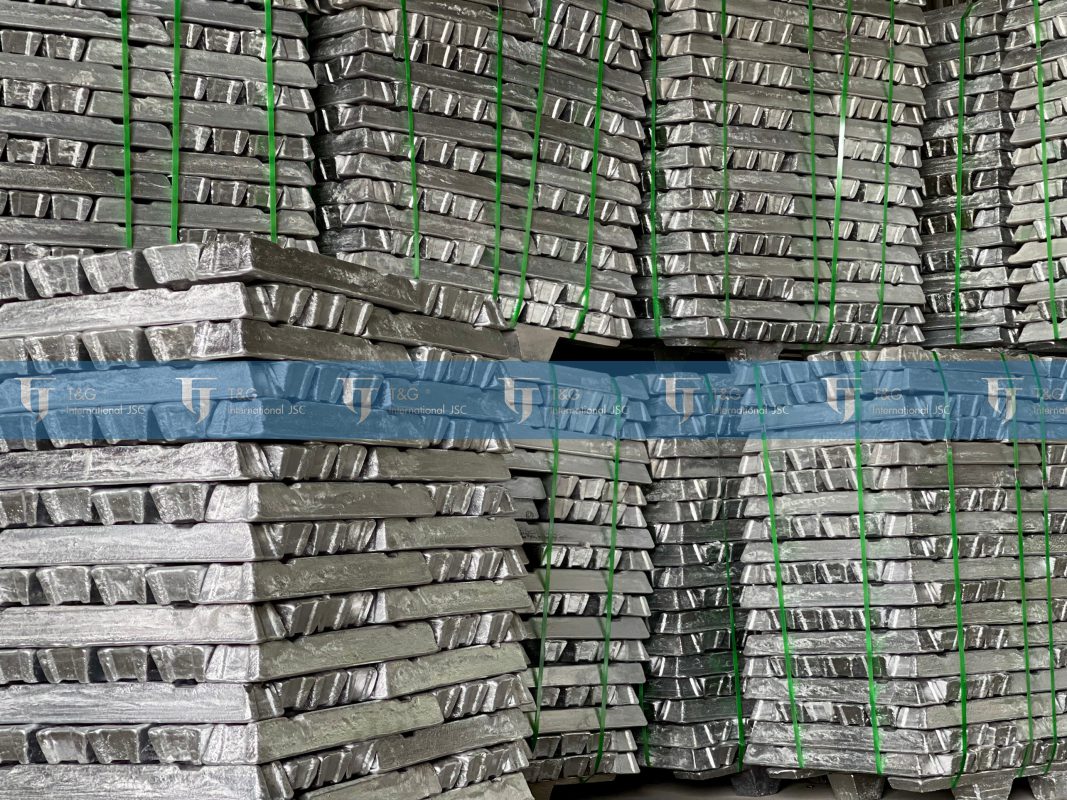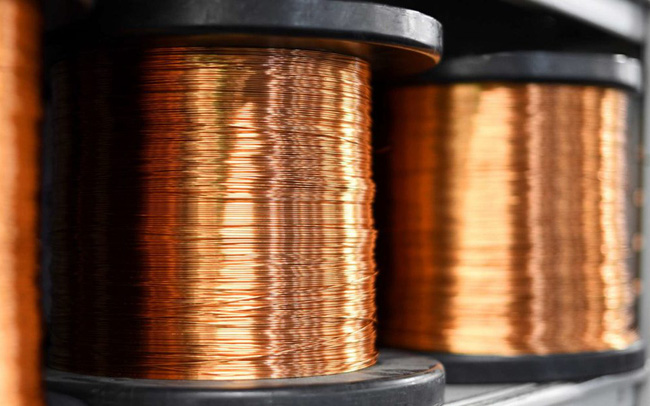
Workers build LNG storage tanks in the UK. (Photo: Getty Images).
Since Russia invaded Ukraine, the European Union (EU) has been trying to reduce Moscow’s dependence on energy. EU countries are racing to buy more liquefied petroleum gas (LNG), an attractive alternative to Russian natural gas because it can be transported by ship instead of pipeline. LNG is also a cleaner fuel than coal or oil.
The common economic bloc wants to cut gas imports from Russia by two-thirds before the end of the year. Analysis by consulting firm Rystad Energy shows that, if the EU achieves this goal, the world demand for LNG will exceed supply by about 26 million tons by the end of 2022. This difference is equivalent to nearly 7 % of global LNG demand last year, or 25-day supply.
By turning its back on Russian natural gas, Europe is destabilizing the entire LNG market. After a tumultuous 2021, the market begins 2022 again with a very precarious balance.”
Europe plunders LNG
Europe has been acquiring LNG at a breakneck pace over the past few months. Europe, including the UK, imported a total of 28.2 million tonnes of LNG between February and April, according to data from Independent Commodity Intelligence Services (ICIS). This figure is about 29% higher than the same period last year. France and Spain are the two biggest buyers.
Kaushal Ramesh, senior analyst for natural gas and LNG at Rystad Energy, told CNN that the risk of a shortage became apparent in March when “the EU announced it would import an additional 50 billion cubic meters of LNG. compared to 2021″.
“The current landscape could lead to future supply shortages, high prices, extreme volatility, bull markets and geopolitical tensions because of expensive LNG,” he wrote in the report.
According to ICIS data, on May 26, spot LNG price in East Asia was around $22/mmbtu – 114% higher than on this same day last year. Global trade for LNG is up 6% in 2021, fueled by Asia’s strong post-pandemic recovery, according to data from the International Energy Agency (IEA).
Buyers may have to pay even higher prices amid soaring European demand. The price of LNG is closely related to the price of natural gas transported by European pipelines. The benchmark price for European gas futures currently hovers near $30/mmbtu – half of the record price of $67 in March – but could rise above $100 if Russia abruptly cuts off gas supplies. , as it did with Poland, Bulgaria and Finland.
Asia suffers
Ms. Ruth Liao, editor of LNG Americas, told CNN that Asia has been the largest importer of LNG since at least 2010. But some countries in the region will find it difficult to compete with rich economies. in Europe, whether Russia suddenly “locks the valve” or not.
“The next winter is still a big risk, it is unlikely that LNG supply can balance the needs of both Europe and Asia.”
Countries like India, Pakistan and Bangladesh are the most vulnerable buyers when LNG moves to Europe, said analyst Ramesh of consulting firm Rystad Energy.
Eric Heymann, senior economist at Deutsche Bank, advises LNG importing countries to start signing long-term supply agreements.
“Much of the supply and demand for LNG is determined by short-term or flexible contracts or in the spot market,” he continued. Price will determine where LNG goes.”
Data from analytics firm Vortexa shows that since November 2021, India and Pakistan have reduced their LNG imports by 15%, mainly due to escalating prices. As a result, Asia’s demand could drop “permanently”, prompting some countries to increase their use of oil and coal, Rystad Energy said.
Others could accelerate the transition to renewable energy. LNG is considered by many to be one of the cleanest fossil fuels and an important component of the energy transition.
But some studies have shown that the LNG production process has a high rate of methane leakage. Meanwhile, the global warming impact of methane has been 34 times greater than that of CO2 over the past 100 years, according to the United Nations.
Exporters benefit
The rising price is an opportunity to make money for major LNG exporting countries such as the US, Qatar and Australia. Vortexa said Europe has imported 45% of its LNG from the US in the past two months. And Qatar contributes more than 20% of LNG supply to this bloc. “More remarkably, 13.5% of Europe’s LNG still comes from Russian LNG projects in the Arctic,” says Felix Booth, LNG expert at Vortexa.
A series of LNG projects are trying to profit from urgent European needs. Germany, Europe’s largest economy, still has to buy 35% of gas imported from Russia. One of the country’s major energy companies, RWE, is about to sign a 15-year LNG purchase agreement with US producer Sempra.
However, it is difficult for manufacturers to prevent the risk of LNG shortage in this winter. Rystad Energy explains: “Spring demand has spurred business to launch new LNG projects at the fastest rate in more than a decade. However, the time required to
T&G Import-Export Joint Stock Company
Address: 352 Hue Street, Le Dai Hanh Ward, Hai Ba Trung District, Hanoi
Hotline: 02473010868
Email: hrm@tginterjsc.com
Website: http://tgimportexport.com



